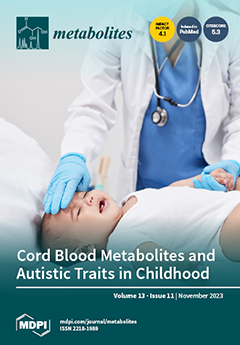Salinity is considered to be a global problem and a severe danger to modern agriculture since it negatively impacts plants’ growth and development at both cellular- and whole-plant level. However, cobalt (Co) and titanium (Ti), multifunctional non-essential micro-elements, play a crucial role in improving plant growth and development under salinity stress. In the current study, Co and Ti impact on the morphological, biochemical, nutritional, and metabolic profile of
Pennisetum divisum plants under three salinity levels which were assessed. Two concentrations of Co (Co-1; 15.0 mg/L and Co-2; 25.0 mg/L), and two concentrations of Ti (Ti-1; 50.0 mg/L and Ti-2; 100.0 mg/L) were applied as foliar application to the
P. divisum plants under salinity (S1; 200 mM, S2; 500 mM, and S3; 1000 mM) stress. The results revealed that various morphological, biochemical, and metabolic processes were drastically impacted by the salinity-induced methylglyoxal (MG) stress. The excessive accumulation of salt ions, including Na
+ (1.24- and 1.21-fold), and Cl
− (1.53- and 1.15-fold) in leaves and roots of
P. divisum, resulted in the higher production of MG (2.77- and 2.95-fold) in leaves and roots under severe (1000 mM) salinity stress, respectively. However, Ti-treated leaves showed a significant reduction in ionic imbalance and MG concentrations, whereas considerable improvement was shown in K
+ and Ca
2+ under salinity stress, and Co treatment showed downregulation of MG content (26, 16, and 14%) and improved the antioxidant activity, such as a reduction in glutathione (GSH), oxidized glutathione (GSSG), Glutathione reductase (GR), Glyoxalase I (Gly I), and Glyoxalase II (Gly II) by up to 1.13-, 1.35-, 3.75-, 2.08-, and 1.68-fold under severe salinity stress in
P. divisum roots. Furthermore, MG-induced stress negatively impacted the metabolic profile and antioxidants activity of
P. divisum’s root and leaves; however, Co and Ti treatment considerably improved the biochemical processes and metabolic profile in both underground and aerial parts of the studied plants. Collectively, the results depicted that Co treatment showed significant results in roots and Ti treatment presented considerable changes in leaves of
P. divism under salinity stress.
Full article






